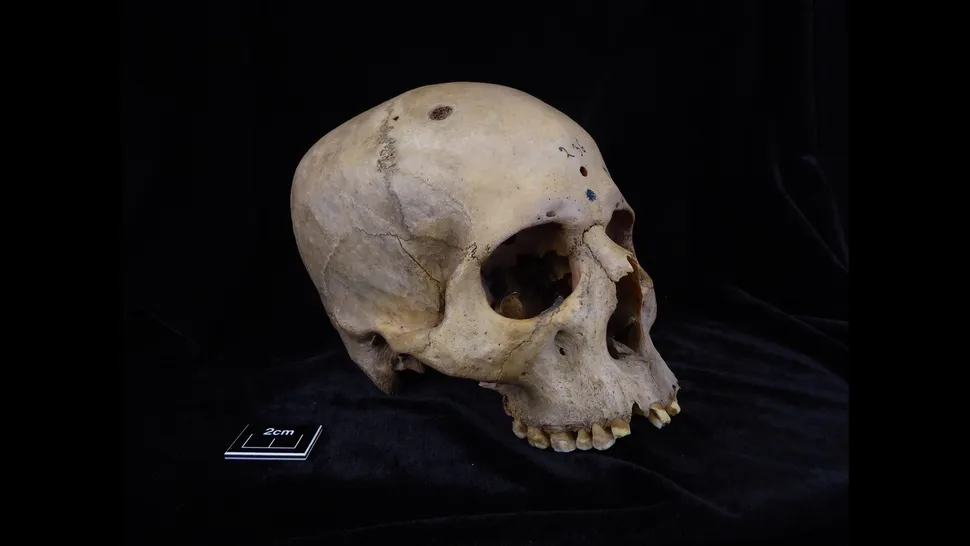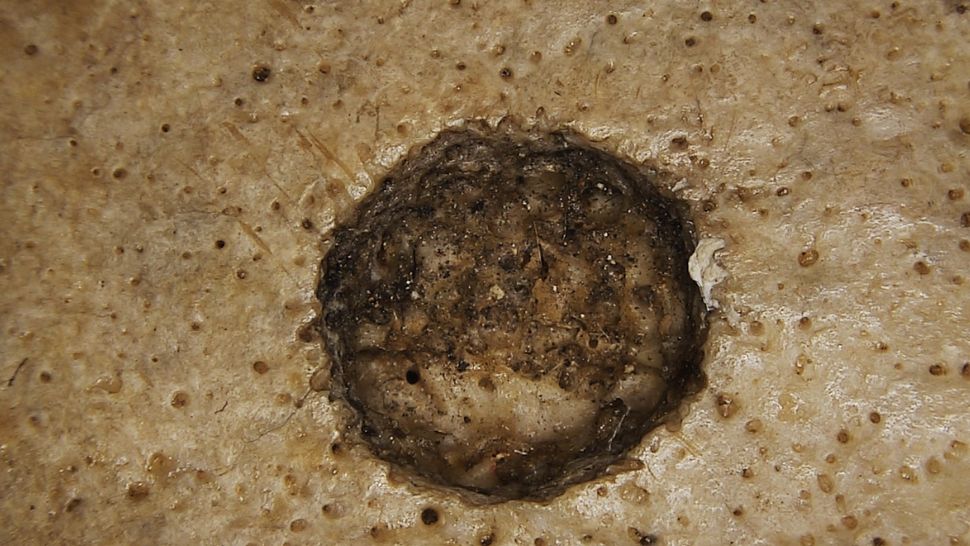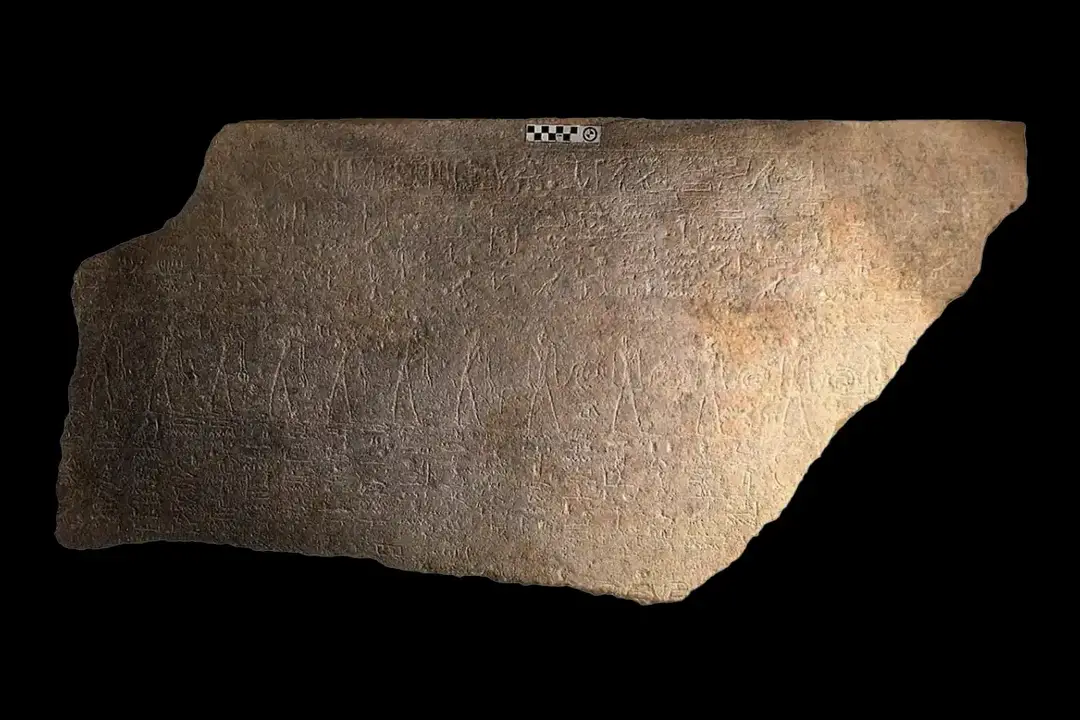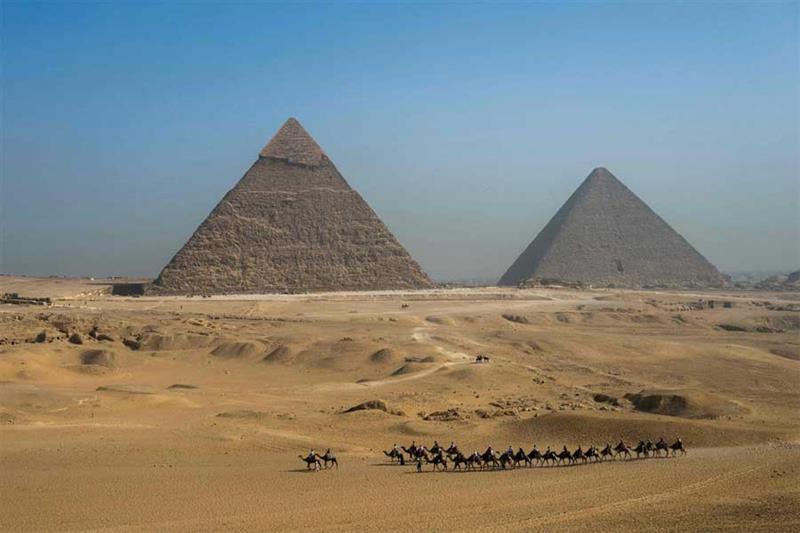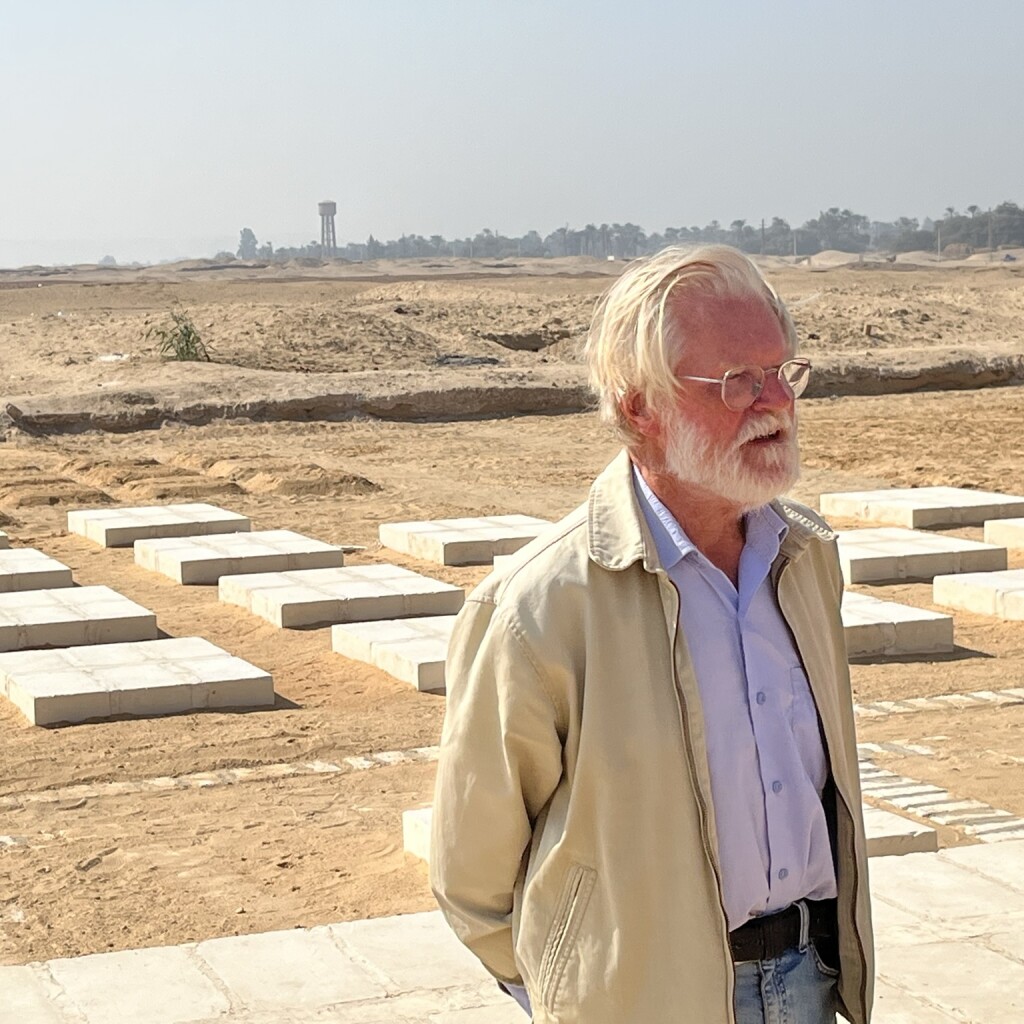Introduction
Atherosclerosis is usually thought of as a disease of modern times. However, atherosclerosis has been found in the remains of ancient people, suggesting that the disease has been present in humans in some form for many millennia.1 In this study, the authors significantly expand the previous experience of computed tomography (CT) scanning to systematically identify atherosclerosis in the mummified remains of people from around the world and explore its presence in seven different cultures.
Methods
Whole body CT scans of mummies from a variety of cultures and housed at numerous museums and collections were obtained as described previously.1 In brief, scans were performed on a variety of vintages of CT equipment between 1999 and 2022, ranging from 6-slice machines to 192 × 2-slice dual-source scanners more recently. Images were reviewed for atherosclerosis, and the presence of vascular tissue and probable or definite atherosclerosis were determined by consensus. Calcifications in the wall of an identifiable artery were considered definite atherosclerosis, and calcifications along the expected course of an artery were considered probable atherosclerosis. The extent of atherosclerosis was assessed by counting the number of different vascular beds involved (aorta, ileo-femoral, popliteal-tibial, carotid, and coronaries). Age at time of death and sex were estimated using standard criteria.2,3 Seven different ancient populations were included: Egyptian (n = 161), lowland Peruvian farmer–fishermen (n = 54), highland Andean Bolivian farmer–pastoralists (n = 3), 19th century Unangan/Aleutian Islander hunter–gatherers (n = 4), 16th century Greenlandic Inuit hunter–gatherers (n = 4), ancestral Puebloan (n = 5), and Middle-Ages Gobi Desert pastoralists (n = 4). The study also includes a 19th century African American and a 19th century Indigenous Australian.
Results
Computed tomography scans from 237 adult mummies were analysed. Of these, 91 (38.4%) were females, 139 (58.6%) males, and 7 (3%) undetermined. Mean estimated age at death was 40 years (standard deviation 11.6 years; range 18–65 years). Atherosclerosis was found in all cultures except in the one Indigenous Australian mummy in whom no vascular tissue was identified. Definite or probable atherosclerosis was seen in 89 (37.6%) mummies. The aorta was the most involved vascular bed (n = 51, 21.5%), followed by the ilio-femoral (n = 49, 20.7%), the popliteal-tibial (n = 38, 16%), the carotid (n = 33, 14%), and the coronary arteries (n = 9, 0.4%; Figure 1A–C).
Figure 1
(A) Volume-rendered computed tomography image demonstrating extensive atherosclerosis (arrows) in the aorta of a female mummy from ancient Peru (Rosita). (B) Multiplanar reconstruction: sagittal view computed tomography scan image demonstrates heavy calcific disease in the left carotid bulb (arrow). (C) Thick slab maximum intensity projection: modified coronal computed tomography scan image demonstrates heavy coronary artery calcium, both in a female Egyptian mummy from the late Middle Kingdom—Second Intermediate Period. (D) Number of mummies with none, mild to moderate (one to two vascular bed involvement), and severe (three to five vascular bed involvement) atherosclerotic calcifications for each of 13 epochs. Atherosclerotic calcifications were seen in mummies from every epoch. BCE, Before Common Era; CE, Common Era
Estimated age at death was greater in mummies with atherosclerosis compared to those without (mean age 42.9 ± 11.4 years vs. 38.1 ± 11.4 years, P = .002) and was a predictor of involvement of multiple vascular beds (P < .002). The percentage of mummies with atherosclerosis was similar between male and female mummies [53/139 (38.1%) vs. 35/91 (38.5%), P = .36] and between Egyptian and non-Egyptian mummies [63/161 (39.1%) vs. 26/76 (38.5%), P = .48]. The number of diseased vascular beds per mummy was also similar between Egyptian and non-Egyptian mummies (0.78 ± 1.2 vs. 0.71 ± 1.2, P = .66). For the Egyptian mummies scanned using older (<40-slice) CT equipment, 39 of 86 with vascular tissue (45.3%) had definite or probable atherosclerosis, comparable to Egyptian mummies scanned using contemporary (≥40-slice) scanners (24 of 48, 50%, P = .368). There was a trend towards a higher proportion of definite atherosclerosis with the modern scanners [17/24 (70.8%) vs. 23/39 (59%), P = .25]. Atherosclerotic calcifications were seen in all time periods, suggesting that the presence of atherosclerosis in diverse historical cultures has been enduring (Figure 1D).
Discussion
The major finding of this study is that atherosclerotic calcifications were present and common in the mummified remains of humans across multiple eras and geographies. This series represents the largest collection of CT scans performed on mummies and demonstrates the presence of atherosclerosis in seven different cultures examined. Every culture that was studied demonstrated individuals with atherosclerotic calcifications. Many, especially the non-Egyptians, are believed to have been non-elites. These findings extend our prior observations, adding CT examinations of >100 mummies and 3 additional cultures, altogether spanning thousands of years and miles of geography.
The authors consider the presence of calcifications in the wall of arteries in mummified tissues as pathognomonic for atherosclerosis.4 In this series, arterial calcifications in the pattern of Monckeberg's medial arteriosclerosis were observed in the legs of some mummies,5 although in all of these cases, there were also detectable atherosclerotic calcifications. While late syphilis could cause non-atherosclerotic calcification localized to the ascending aorta, we did not observed calcification solely in the ascending aorta. We also did not identify any arterial aneurysms, another potential non-atherosclerotic cause of arterial calcifications.
While this is the largest systematic study of atherosclerosis in ancient human remains, others have reported atherosclerosis on pathologic examination in mummies from Egypt, the Aleutian Islands, and Korea, and calcifications seen on CT imaging have matched the areas of atherosclerosis on autopsy.6–8 Intact calcified arteries have also been found among tissue remnants discovered among the skeletons at several sites, including among ones from ancient Nubia (1300–800 Bc).9
While the frequency of atherosclerosis is perhaps surprising, especially considering that the mean estimated age of the mummies is young by current standards, about 40 years, the disease was seen most frequently in only one vascular bed. This is consistent with early disease frequently detected incidentally on CT scans of modern patients.
This study has several limitations. Detection of vascular tissue on CT scanning is dependent upon the degree of preservation, which varied widely across mummies. Most mummies had only a few identifiable vascular beds, confounding attempts at true prevalence estimates. Also, the postmortem process, including mummification, distorts all tissue. For this reason, the authors endeavoured to be very conservative in assessing the presence of atherosclerosis.
Conclusions
This study of the mummified remains of 237 adults suggests that atherosclerosis is ubiquitous in human populations distributed temporally and geographically since ancient times, being seen in 37.6% of our combined sample. Atherosclerotic calcifications were found in similar frequencies in Egyptian and non-Egyptian mummies and in men and women. These findings support the existence of an innate human predisposition to atherosclerosis. Modern cardiovascular risk factors superimposed on an underlying, inherent risk may drive the extent and impact, rather than the basic prevalence risk, of atherosclerosis.
Acknowledgements
The authors wish to thank the many individuals instrumental in the effort to image the mummies of this study. They include Rafael Doig Bernuy, Sonia Guillén Oneegli, Wilfried Rosendahl, Yrma Soledad Quispe Zapana, John N. Makaryus, Amgad N. Makaryus, Sallam Lotfy Mohamed, John Nasser Labib Gergis, David Mininberg (deceased), Elise Fiore Marochetti, Jhimy Butrón, Luis Castedo, and the generous curators and staff of the museums who shared mummies for CT scanning. The authors also thank the Tsimane Health and Life History Project team of anthropologists, clinicians, and geneticists for their insights and suggestions. Jose Aceituno provided expert graphic support.
Declarations
Disclosure of Interest
All authors declare no disclosure of interest for this contribution.
Data Availability
Currently, 22 of the mummy CT scans are available for review on the IMPACT database website. Information is available through Dr. Andrew Nelson, anelson@uwo.ca. The authors intend to share the majority of the remaining mummy CT scans (as many as allowed by the museums in which they are housed) on an internet platform in the near future.
Funding
Partial funding for the study was provided by the National Endowment for the Humanities (#HJ-50069-12); the Paleocardiology Foundation; Siemens Healthineers; the National Bank of Egypt; Saint Luke's Foundation; the Missouri Chapter of the American College of Cardiology; Marie Skłodowska-Curie Actions—Seal of Excellence grant, # MUMBO; and Provincia Autonoma di Bolzano, grant Legge 14.
Ethical Approval
The CT scanning of the mummies of the Egyptian Museum of Antiquities was approved by the Egyptian Supreme Council of Antiquities. The CT scanning of other mummies was approved by the boards of their respective museums. All mummies, being the remains of deceased humans, were treated with appropriate dignity and respect.
© The Author(s) 2024. Published by Oxford University Press on behalf of the European Society of Cardiology. All rights reserved. For commercial re-use, please contact
reprints@oup.com for reprints and translation rights for reprints. All other permissions can be obtained through our RightsLink service via the Permissions link on the article page on our site—for further information please contact
journals.permissions@oup.com.





